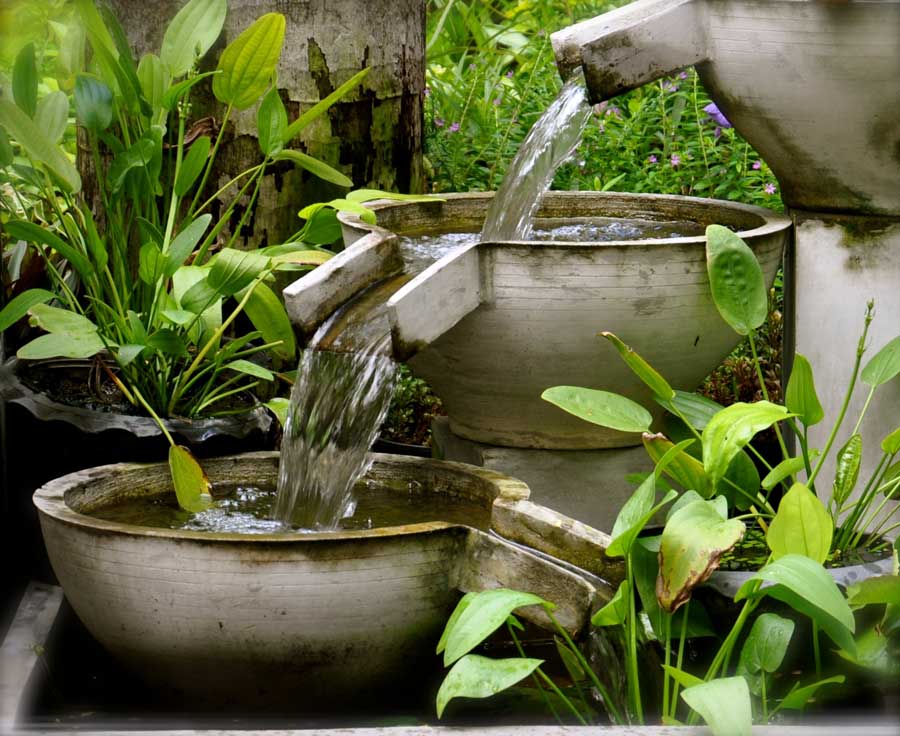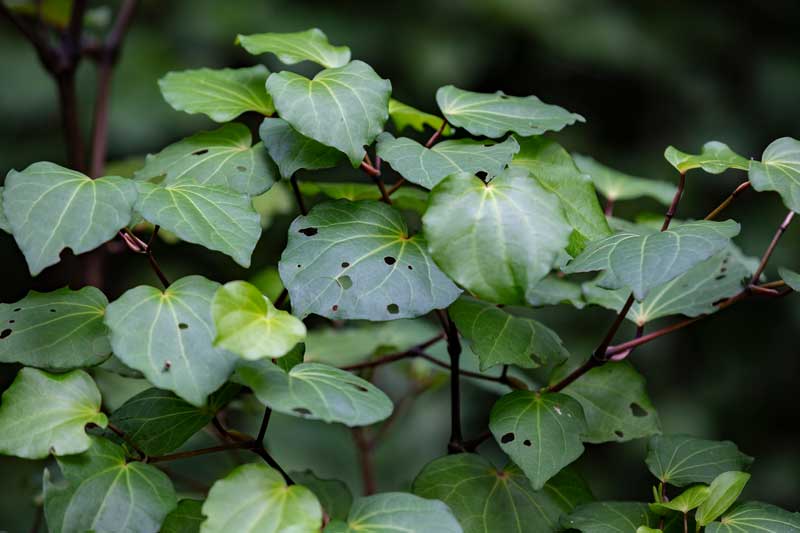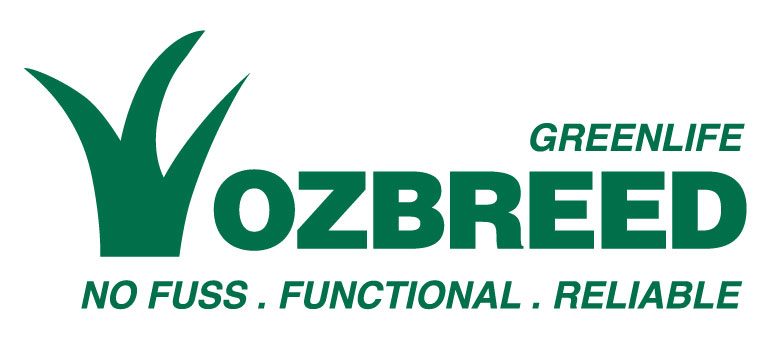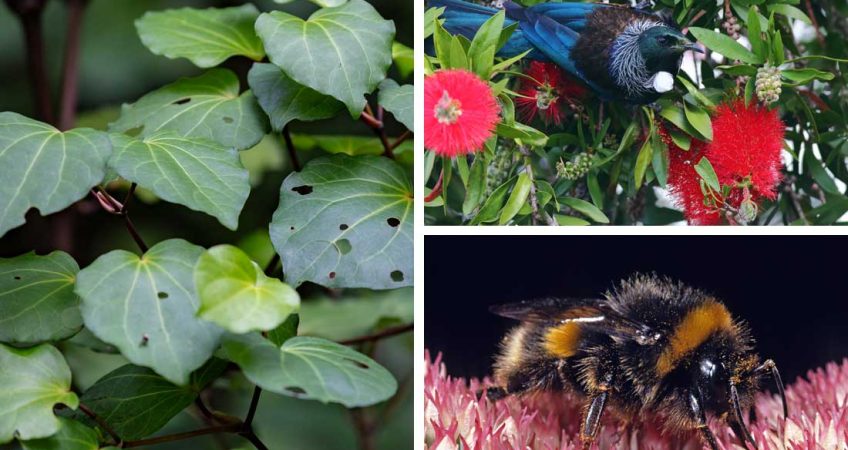Creating a garden that supports local wildlife is not only beneficial for the environment but also incredibly rewarding. By choosing the right plants, you can make a significant difference in your local ecosystem, providing essential resources for insects, birds, mammals, reptiles, and amphibians. Here’s how to select plants that will transform your garden into a thriving wildlife haven.

Beautiful Tui bird feeding in a nectar-rich Metrosideros bush or Pohutukawa. https://www.shutterstock.com/image-photo/close-shot-tui-prosthemadera-novaeseelandiae-famous-2264941541
Food, Water, and Habitat: The Three Pillars of Ecological Resources
A well-rounded wildlife garden offers three critical resources: food, water, and habitat.
Food
To attract native pollinators like birds, butterflies and bees, select plants that produce nectar and pollen. A diverse array of flowering plants ensures continuous food supply throughout the year, fulfilling the varied dietary needs of pollinators.
Remember that not all pollinators visit the same flowers. Many grasses such as Poaceae family memnbers, lomandras and liriopes are visited by pollen-seeking beneficial ants and beetles, while nectarivorous insects frequent Asteraceae and Lamiaceae family members. Nectar-seeking birds love grevilleas, westringias and callistemons – but so do generalist insect pollinators.
There seems to be a correlation between colours and pollinators, as well. There are no red flowers native to England (as far as I know), and there are no bird pollinators over there. Contrast that with Australia, NZ and the Americas where we have numerous examples of native red flowers and nectarivorous birds.
Some sources claim that yellow and white flowers are favourited by bees, and purple flowers are favourited by butterflies. While there may be an element of truth to this, I’ve witnessed birds, bees and butterflies drinking from flowers of all colours of the rainbow.
As a general rule, the more flowers you have, the better. Sometimes, a small patch of flowers isn’t enough to attract pollinators who prefer a larger patch to make it worth their while. Travelling can be taxing, especially for insects.

This is the native NZ buff-tailed bumblebee, Bombus terrestris. https://commons.wikimedia.org/wiki/File:Bombus_terrestris_(NZAC06000858).jpg
Other essential food sources include:
• Fruits and Seeds: Native fruit-bearing plants attract birds and bats, while seed-producing plants provide sustenance for birds and rodents.
• Vegetative Material: Leaves and stems serve as food for herbivores and habitat for smaller insects. Host plants are crucial for native caterpillars, ensuring the survival of butterfly and moth species.
• Fauna: Plants feed insects and other animals, which are in turn eaten by other insects and animals. Biodiversity breeds biodiversity. One example is birds that feed upon the pollinators attracted by flowers – even though they don’t feed directly upon the flowers, they’re still supported by them.
Water
Water is indispensable in an eco-garden. Simple dishes and bird baths offer hydration but must be emptied and refilled every few days to prevent disease and pests. More elaborate water features, such as natural-style ponds with aquatic plants, fish, and crustaceans, are able to support a range of wildlife, including insects, amphibians and reptiles.

A cascading water feature keeps the water fresher than still water, and provides a resource for boidiversity. https://www.shutterstock.com/image-photo/cascading-garden-water-feature-703756834
Habitat
Providing diverse habitats caters to various native New Zealand insects, small animals, and larger creatures including birds, mammals, reptiles, and amphibians. Key aspects to consider include:
• Plant Diversity and Density: A variety of plants creates shelter and breeding grounds. Different layers within your garden (ground cover, shrubs, and trees) support a wide range of wildlife.
• Dead Wood and Tree Hollows: These provide nesting sites and protection for many species. Different sizes accommodate various animals from insects to birds and bats.
• Other Habitat: The pile of timber against the fence, the grass running up the retaining wall, the sunbaked pavers, the timber deck boards, the mulch, and even the uncovered dirt are all sources of habitat for a variety of insects, arachnids, reptiles, and other critters. Free your mind and see your garden how different fauna see it.
Pollinator Resources
To promote pollination, choose a mix of flowering plants that bloom at different times of the year. This ensures continuous food supplies for pollinators throughout the seasons. Diverse flower shapes and colours will attract different pollinator species, contributing to a vibrant and dynamic garden.
Other Food Sources
In addition to nectar and pollen, consider incorporating plants that offer fruits, seeds, and vegetative material throughout the year. Host plants are those that native butterflies and moths lay eggs that become caterpillars able to feed on that specific plant. They’re often fussy, and even though you have the flowers to attract adults, if they lack suitable host plants, they aren’t able to reproduce.
Right Plant, Right Place
Choosing the right plant for the right place is crucial for a successful wildlife garden. Consider the following factors:
• Sunlight: Assess the sunlight in various parts of your garden and choose plants accordingly. Some thrive in full sun, while others prefer partial shade.
• Soil Type: Test your soil type (sandy, clay, loamy) and pH level. Select plants well-suited to your soil conditions to ensure healthy growth, and consider amending very poor soils (especially organic fertilisers that support biodiversity).
• Climate: Opt for plants adapted to your local climate, as healthy plants are generally more supportive of local wildlife.
• Microclimate: Consider the unique conditions in each position, such as wind exposure, frost pockets, or sheltered areas, and select plants that will thrive in these specific microclimates.
• Desired Landscape Functions: Whether you need ground cover, windbreaks, or climbing plants, choose varieties that fulfil these roles while also benefiting wildlife.
• Biodiversity Resources: Aim for a mix of plants in different taxonomic groups, such as different varieties of the same species, different species, different genera, different families, and different orders, to create a biodiverse environment that supports a wide array of wildlife.
Native Plants vs Exotics in Urban Environments
A lot of gardeners underestimate the value that exotic plants can bring, and overestimate the value of native plants. Urban environments have undergone significant changes, and the plant communities within them often differ drastically from those found in natural ecosystems in New Zealand.
At the end of the day, native fauna are often just as happy to feed on exotic plants from Australia, Africa, America, and Europe as they are to feed upon native species. Many exotic plants can provide general resources that support a variety of wildlife. These plants are often dependable, resilient, and capable of thriving in urban conditions where endemic plants might struggle.
All plants are unique, and some endemics are adaptable to the urban environment while others less so. It’s often better to have resilient, abundant plants regardless of their place of origin, if the alternative is weak endemic plants that haven’t adapted to urban conditions such as altered plant communities, and changed soil conditions such as subsoil being dumped on top of the topsoil during development.
By focusing mainly on providing general resources using reliable plants (both native and exotic), you can ensure a consistent and plentiful supply of food and shelter for local wildlife.
Specialised Plant-Animal Relationships
However, there are numerous examples of specialised plant-animal relationships between native New Zealand species. In these cases, exotic plants cannot substitute the crucial resources provided by certain native flora. For instance, some native butterflies and moths have evolved to rely on specific host plants for their larvae. Similarly, certain native birds may prefer the nectar or seeds of particular endemic plants, such as the kaka bird and kaka bird plant.
By dedicating around 20% of your plant palette to less resilient plants, including endemic species, you can offer these indispensable resources. While these plants may not be as resilient as their exotic counterparts, their presence ensures the survival of specialised native fauna.

The beautiful leaves of the kawakawa plant, with little chunks taken out by some hungry insect. https://www.shutterstock.com/image-photo/kawakawa-leaves-wild-new-zealand-bushland-1383365951
Native New Zealand Plants for Moths and Butterflies
Providing support for generalist pollinators is great, but some critters need specific help. Here’s a list of native NZ plants that can provide host plants for native moths and butterflies, because they can often be quite fussy about where they like to lay their eggs.
- Kawakawa (Piper excelsum)
- Supported Species: Cleora scriptaria (common looper moth)
- Details: Kawakawa leaves are indeed a preferred food source for the caterpillars of Cleora scriptaria1.
- Ongaonga (Urtica ferox)
- Supported Species: Red Admiral (Vanessa gonerilla)
- Details: Ongaonga, or tree nettle, is crucial for the larvae of red admiral butterflies, providing necessary food2.
- Common Nettle (Urtica dioica)
- Supported Species: Yellow Admiral (Vanessa itea)
- Details: Common nettle supports yellow admiral butterflies, whose larvae feed on the leaves3.
- Kōtukutuku (Fuchsia excorticata)
- Supported Species: Various native butterflies and moths
- Details: This native fuchsia is important for its nectar and serves as a host plant4.
- Climbing Pohuehue (Muehlenbeckia complexa)
- Supported Species: Coastal Copper Butterfly (Lycaena salustius), other native butterflies
- Details: Climbing pohuehue is a significant host for several species of butterflies5.
- Shrubby Tororaro (Muehlenbeckia astonii)
- Supported Species: Coastal Copper Butterfly (Lycaena salustius), other native butterflies
- Details: Shrubby tororaro supports multiple butterfly species with its foliage5.
Sources:
Conclusion
By carefully selecting plants that provide food, water, and habitat, you can create a thriving garden that supports local wildlife. Remember, diversity and density of plants are crucial for offering the necessary resources to sustain a wide range of native species. Your efforts will not only contribute to the health of the environment but will also bring a multitude of fascinating creatures to your doorstep, transforming your garden into a lively and vibrant sanctuary.

